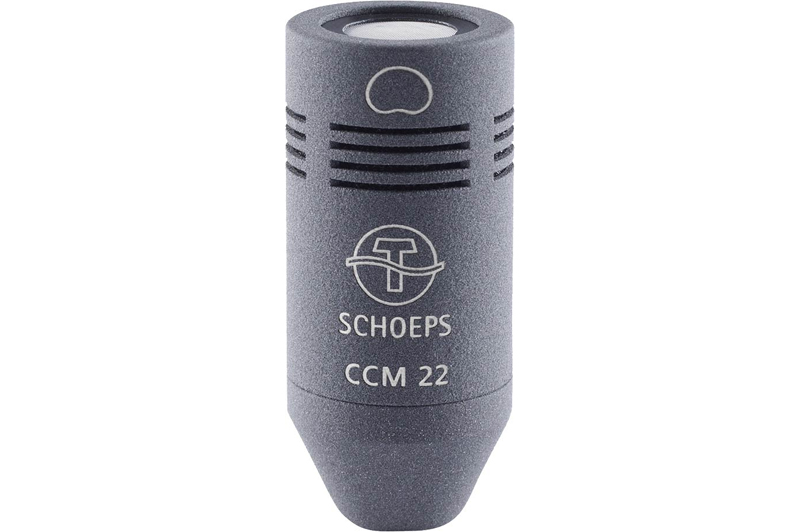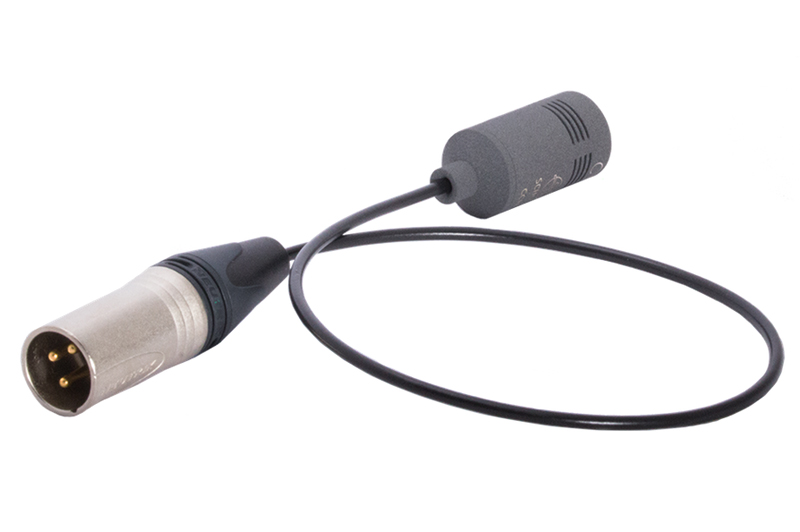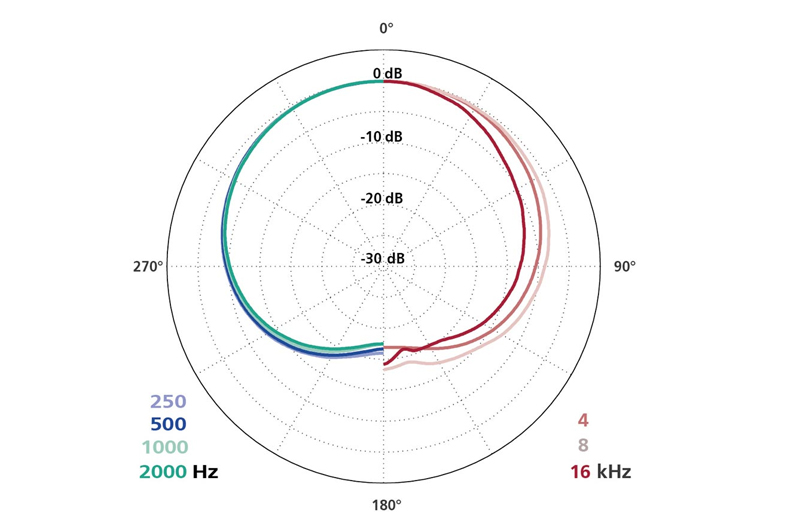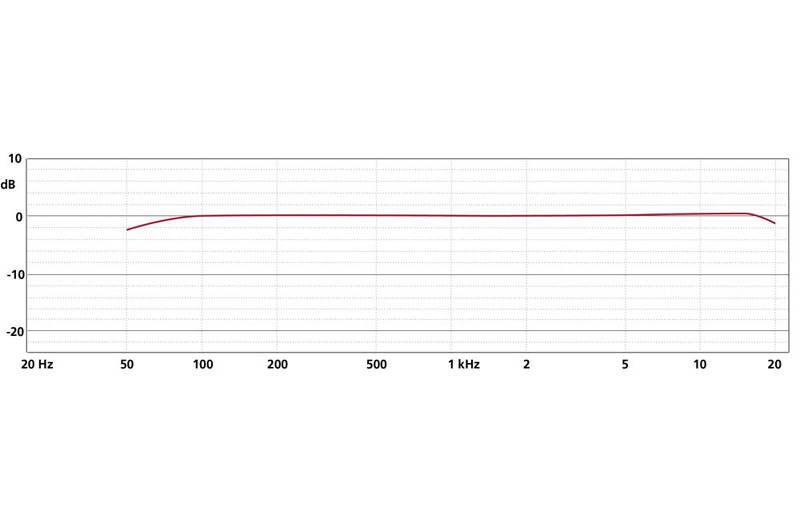- No products in the cart.
Schoeps CCM 22 Open Cardioid Compact Microphone
Open Cardioid Compact Microphone
SKU: SCHCCM22
Categories: Compact Microphones, Microphones & Accessories, Schoeps, Shotgun & Condenser
Tag: Schoeps
Description
- new kind of directional pattern: Open Cardioid
- optimal combination of classic cardioid directionality (CCM 4) with the sonic character of the wide cardioid (CCM 21)
- directional pattern largely constant throughout the frequency range
- often preferred for spot miking and as a soloist?s microphone
The CCM 22 has been developed for use as a spot microphone. It unites the strengths of the CCM 4 and CCM 21 microphones. Its directionality is only slightly less than that of the CCM 4 cardioid, while its sonic character is reminiscent of the CCM 21 wide cardioid. Its directivity is essentially constant throughout the frequency range. Its inherent low-frequency response is somewhat more pronounced than that of the cardioid, while proximity effect is somewhat less.
The ?Open Cardioid? directional pattern, occupying a point on the spectrum between the wide cardioid and classic cardioid patterns, was developed by SCHOEPS in 2008. The response is -5 dB at 90? and there is 16 dB suppression of rear-incident sound. It is in essence a variant of a cardioid which balances a very natural sound quality with a good degree of directionality.
Practice
The years of experience which many recording engineers have had with the various types of SCHOEPS cardioid microphones have played a large role in the design process. The CCM 4 cardioid is often relied upon as a reference microphone, even in difficult recording situations; its sonic transparency and outstanding suppression of rear-incident sound make it a universal problem-solver. The CCM 21 wide cardioid offers an alternative when its lower directivity fits the recording situation, e.g. for the first desk of strings or for solo piano. This microphone type is prized for its sonic character (similar to that of a pure omnidirectional microphone) and its relative lack of proximity effect. Then the wish arose for a ?middle way? which would combine these characteristics into a single capsule. The result is the CCM 22 Open Cardioid.
Specifications
| Frequency range | see corresponding capsule |
| Sensitivity | see corresponding capsule |
| Maximum sound pressure level (THD < 0.5 %) |
|
| Maximum output voltage | 2,6 V (8,3 dbV) with 2 kΩ load |
| Low cut filter | 20 Hz, 12 dB/Okt. |
| Output impedance | 90 Ω @ 1 kHz |
| Maximum cable length | > 400 m |
| SCHOEPS RFI Shield | No |
| Powering standard / Valid range |
|
| Current consumption |
|
| Common mode rejection ratio (at 1 kHz) | > 55 dB |
| Minimum recommended load impedance | 2 kΩ |
| Length | 46 mm (CCM-L) |
| Diameter | 20 mm |
| Weight | 45 g (CCM-L) |
Product Categories
- Bags & Harnesses
- Bargain Bin
- Books
- Boom Poles
- Cables & Adapters
- Camera Interfaces
- Case
- Cases
- Cases, Bags & Harnesses
- Clearance
- Communications
- Connectors
- Deal Center
- DSLR Audio Solutions
- Expendables
- Featured
- Headphones
- Holiday Clearance
- In-Ear-Monitors
- Interfaces
- Microphones & Accessories
- Mixers
- Motorola
- NAGRA
- Podcast
- Power Solutions
- PPE
- Press Boxes
- Pro Audio Converters
- Pro Video
- Recorders
- Slates & Timecode
- Sound Carts
- Straps & Cases
- Trew Merchandise
- Uncategorized
- Used
- Walkie-Talkies
- Wireless


 US
US  Canada
Canada 









